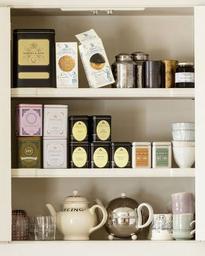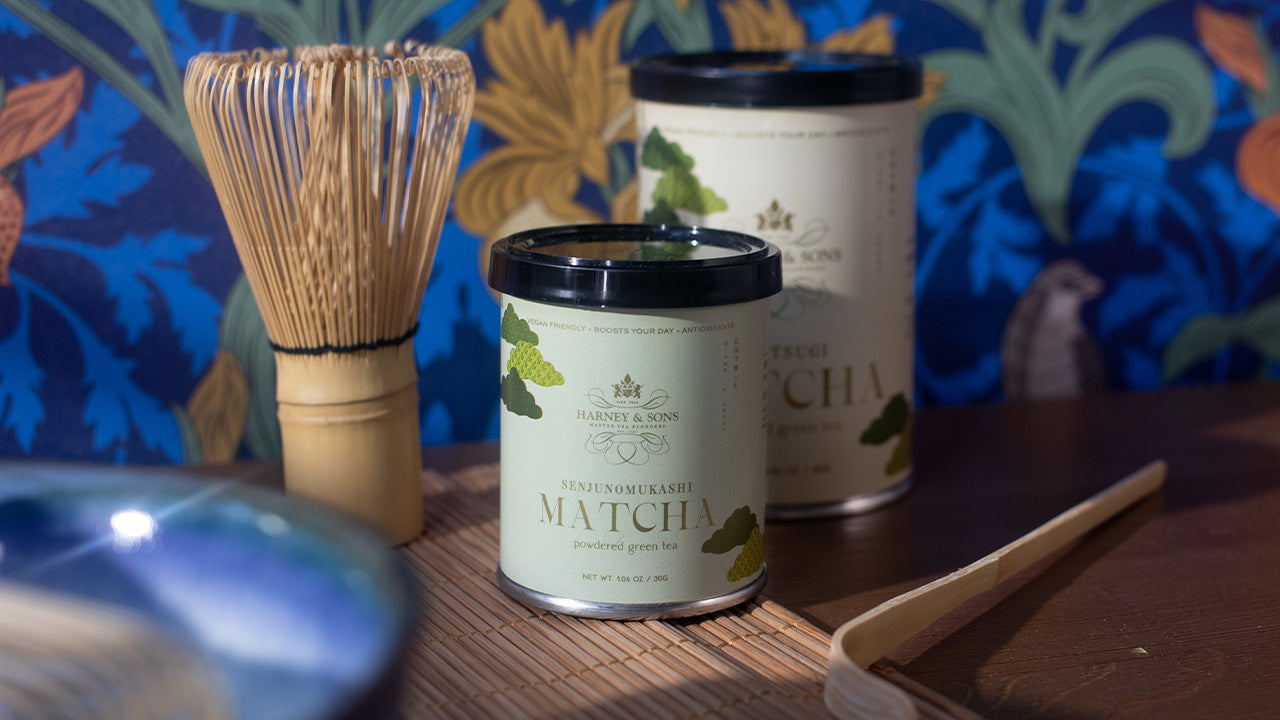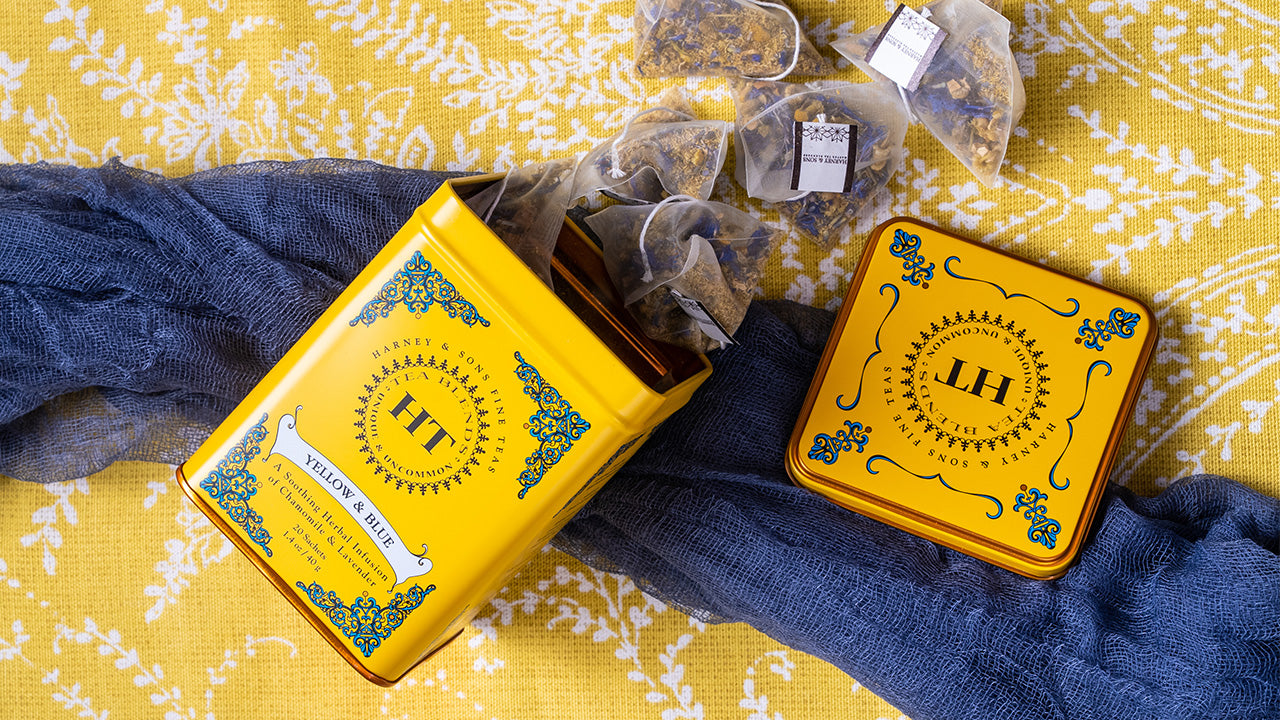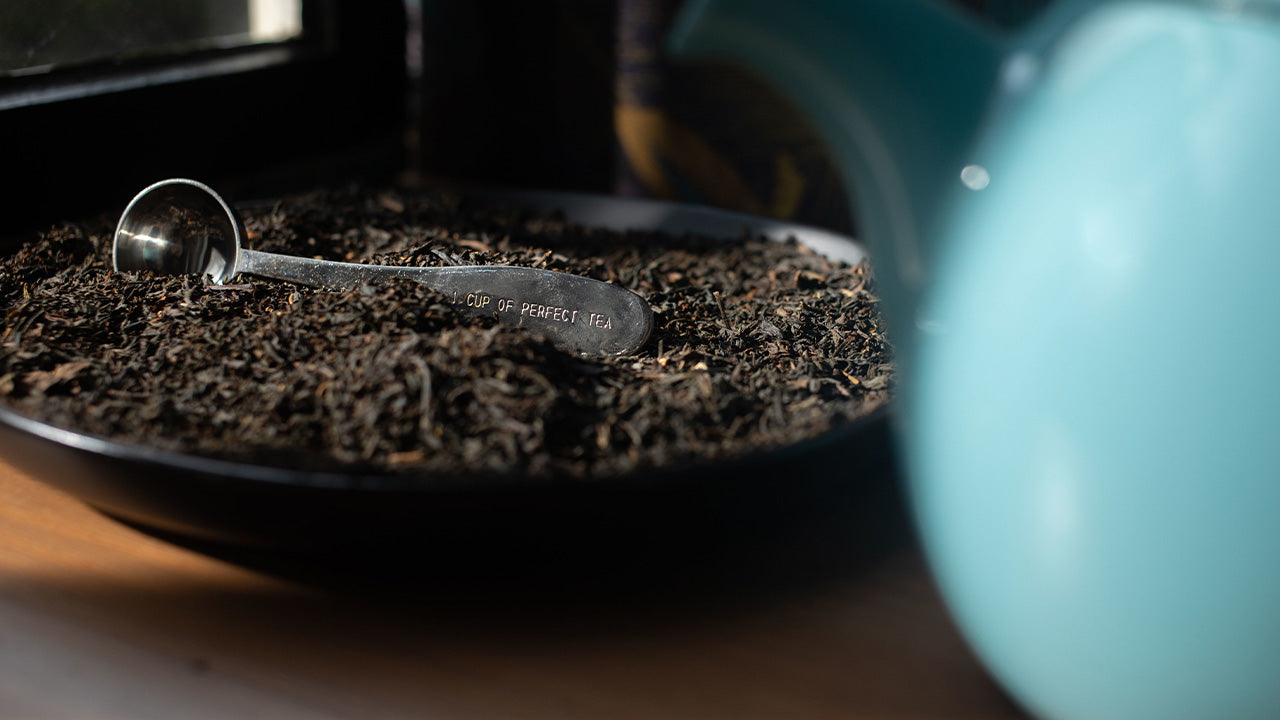While matcha has been popular in the East for centuries, it is only in the last couple of decades that it has made its way into Western mainstream culture. While many people enjoy drinking matcha tea in various forms, few truly understand the difference in matcha grades, terminology, etc. Because we want you to understand and appreciate this wonderful green tea fully, here’s everything you need to know about matcha!
First, “matcha” in Japanese consists of two words. “Ma” means grinding, and “cha” means tea, so together they mean “ground tea.” The tea plants used to make matcha are shaded with dark black cloths, traditionally with straw, when flushing in early spring. After two to five weeks, the tea leaves become darker and richer with amino acids and are finally harvested by farmers. The harvested leaves are steamed right away to stop the oxidization, and they are then dried in a heated oven. This rough, dried tea leaf is called “aracha.” These teas are taken auction or to the tea factories where, after stems and other byproducts are taken away, we are left with “tencha”. Then, tencha leaves are ground into matcha with a particle size of 10 microns.
Now that the tencha has been ground into matcha, it has to be graded. The different grades of matcha are determined by a few different factors. Tea tasters and purchasers take into consideration how young the tea leaves are, how soft the tea leaves are, how fragrant the tea leaves are, and finally, how much umami the tea leaves have. (“Umami” is often called the fifth sense of taste. In Japanese, “umami” means “essence of deliciousness.”) Early in the season, tea leaves tend to have higher quality, but this judgment is made by experienced tasters/buyers only. Much of this is subjective, however, so there is not a true grading system, unlike other Japanese products like Wagyu beef.
Thin Grade Matcha

The most important thing to understand about our use of the terms thin/thick/extra thick grade is that it simply refers to how you could prepare your tea into liquid. Only very high-grade tea is appropriate to make into thick tea; otherwise, the tea is too bitter and cannot be drunk.
So, thin grade means the tea is appropriate to make into thin liquid; however, this does not necessarily mean the tea is lower in quality. Our Matcha Jobetsugi is classified as thin grade. As Jobetsugi is harvested later in May, it may taste slightly lighter. It has some umami, less astringency, and a very refreshing taste. In Japan, thin tea is called “usucha.”
Thin grade matcha is great for drinking, just mixed with water. Of course, you can use it with smoothies, lattes, cold brew, and as part of a pre-workout drink.

Our Organic Matcha falls into the thin grade matcha category as well. Organic Everyday is made with ingredients harvested during summertime; thus, it is rich in catechins and has a refreshing taste. In Harney’s matcha selections, this tea is harvested last in the season.
Thick Grade Matcha
Contrary to thin grade, thick grade means the tea has the quality appropriate to make into thick tea (less water per gram of tea used). The tea is full of umami/amino acids, so you can drink in thick liquid and enjoy the full umami experience. A cup of thick tea can sometimes be as little as two ounces and is a bold, memorable experience. Our thick grade is Matcha Senjunomukashi. The Japanese term for thick tea is “koicha.”
Wondering how to best use thick grade matcha? When tea ceremony masters make thick tea in a tea ceremony, they make it into an almost paste-like liquid. However, this is not realistic in everyday life, so we recommend using an extra scoop of matcha or less water than your usual preparations so that you can enjoy the extra rich umami of the tea.
Extra Thick Grade Matcha
Matcha Unjonotomo is our extra thick grade matcha. Unjonotomo has the top quality found in limited supply, with very rich amino acid umami along with delicate flavor. At Harney, we call this special quality appropriate for very special tea ceremonies as it is good for preparation into “extra thick” tea. There is no Japanese term for this grade of matcha – it’s a grading term we use to delineate amino acid and sweetness levels.
This tea has strong umami, but it is very delicate and sensitive. Try to use less water and an extra scoop of tea to make it into a thick, high concentration so that you can enjoy its delicate flavor.
Ceremonial Grade Matcha
The term “ceremonial grade matcha” gets thrown around a lot. Let’s talk about what it really means—first, a little history.
Matcha has a long history along with the history of Chano-Yu, Chado, Sado, or The Way of tea. The tea ceremony is held according to the traditional manners, even though details differ slightly in the different schools of Chado, where the organizer/host welcomes the guests following the manner, and the guests enjoy the ceremony following those basic manners of Chado. There are also many schools of tea using Sencha and Gyokuro. We discuss here about the Chado using Matcha.
At a very formal tea ceremony, they offer a bowl of thick tea (koicha), and guests share a cup, sip by sip, even though the COVID pandemic is changing this manner. At most other ceremonies, a bowl of thin tea (usucha) is offered. “Ceremonial tea” actually does not explicitly indicate anything other than simply “tea used for tea ceremony,” and many brands use this term to indicate the tea has good quality. However, a caveat for the purchaser is that there is no grading process that companies must adhere to in order to call their product ceremonial. So, if you buy “ceremonial grade” matcha thinking it’s the best matcha on the market, just know that the terminology is not indicative of quality.

Matcha Miscellaneous
Some other helpful information you should know about this wonderful powdered green tea.
- For people who have never tried matcha, imagine drinking coffee or vegetable juice for the first time. To get used to the taste, it might be best to drink it with any type of milk or add it to your morning smoothies.
- When it comes to cooking with matcha, you can add it to almost any type of food or confectioneries, keeping in mind that matcha green tea is very easy to oxidize and change color.
- Like all green teas, matcha is caffeinated, but with its rich amino acids, the caffeine in matcha works very mildly. That means you don’t experience the caffeine “crash” you get with other caffeinated beverages.
- The health benefits associated with green teas are even more present in matcha due to the fact that you are drinking the whole leaf. This allows those health benefits to be even more present.
- Tencha, the tea that matcha is made from, can be brewed in its non-powdered leaf form, but it does have a very strong umami. Since the leaf is only dried, not rolled and damaged, you will have a lighter yet pleasant umami taste.
The best way to know you’re buying quality matcha is to look at it. It should be bright green in color, and when you slide it between your fingers, it should be very smooth as the particle is under 10 microns. The other best way to know you’re buying quality matcha is to buy it from Harney & Sons, as we only source the finest quality matcha available from a family producing matcha for nearly 400 years!




